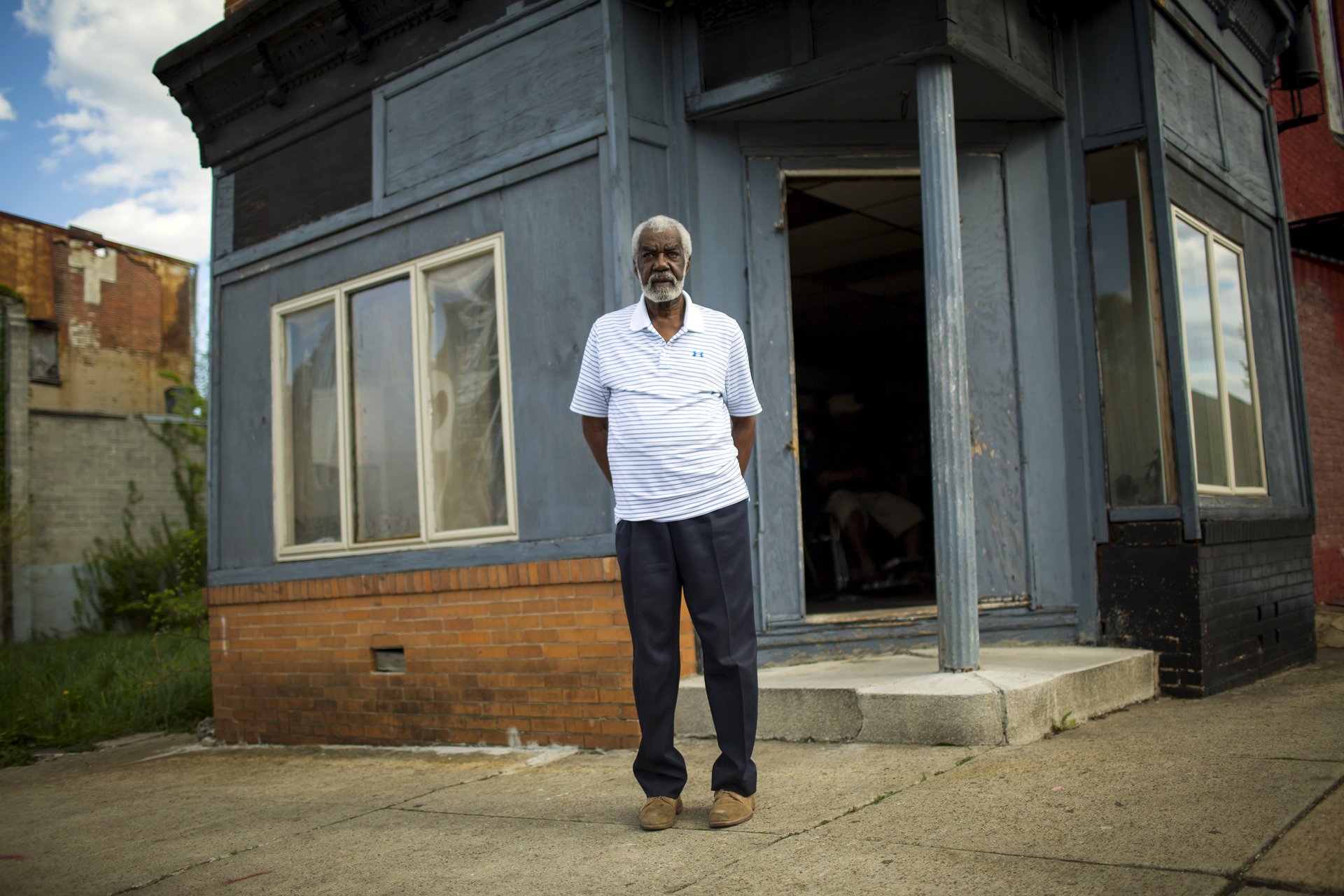The racial wealth divide is worse than people think—and it’s growing
Wealthy white households control the vast majority of the nation’s economic resources, and they appear to have no idea how the rest of society lives.


Wealthy white households control the vast majority of the nation’s economic resources, and they appear to have no idea how the rest of society lives.
It’s pleasant to think history is marching towards a more fair and equitable society. Things might be a bit rough around the edges right now, but there’s progress, the story goes.
Unfortunately, when it comes to the deep racial wealth divide in the United States, the numbers just don’t back this up. Rather than closing, if we don’t take steps to change the course we’re on, that gap could go on growing forever.
A pair of recent research papers bears this story out.
The first comes from a group of Yale psychologists who looked at public misperceptions around racial economic equality. The researchers looked at black and white populations from low-income and high-income households alike and compared their assessments of racial economic equity.
The researchers found that both racial groups got the numbers very wrong, vastly overestimating progress in closing the racial economic divide. Wealthy white respondents, perhaps predictably, were the most off in their assessment, overestimating a typical black family’s household income more than 30%.
What causes such a deep divide? “It could be a lack of information,” report co-author Jennifer Richeson claims, “but there’s also a role of willful blindness. Wealth inequality based on race is baked into this country’s founding, and we cannot handle it.”
Another factor: Three out of four white Americans “report that the network of people with whom they discuss important matters is entirely white, with no minority presence,” according to a 2016 study from the Public Religion Research Institute. It’s a lot easier to misperceive people you seldom see or talk to.
Unfortunately, the racial economic divide is greater than even the Yale researchers let on. Their paper looked mainly at variations in income—a big gap, but much smaller than variations in household wealth, the assets a family has left over after debt is subtracted. It also didn’t forecast what these trends might look like going forward.
I co-authored a recent study with a colleague at the Institute for Policy Studies and our allies at Prosperity Now that did.
We looked at the growing racial economic divide as it relates to wealth, and specifically its significant implications for the American middle class. Our study found the racial wealth divide is significantly larger than the income gap—and worse, the racial wealth divide is on track to keep getting bigger.
We looked at how race, education, and income correlate with middle class wealth status, which we defined as owning between $68,000 and $204,000—between two-thirds to double the white median household.
We found that black and Latino families in the middle would need to earn between 2 and 3 times as much as white families in order to enter the middle class. By our count, roughly 70% of black and Latino households would fall below the $68,000 threshold needed for middle-class status, compared to only about 40% of white households.
Further, only black and Latino households with an advanced degree have enough wealth to be considered middle class, whereas the average white household with a high school diploma or higher would be considered middle class.
We also looked at the past three decades of racial wealth data to develop an idea of what the future will look like if current trends continue. The findings were bleak. The median black family, who today only owns $1,700 in wealth excluding their car, will reach zero wealth by 2053. That’s just 10 years after the country is projected to become majority non-white.
Median white families, by contrast, have $116,000 in wealth, and that number is actually going up.
So the research is clear: Wealthy white households control the vast majority of the nation’s economic resources, and they appear to have no idea how the rest of society lives. That’s a problem.
Or, as the Yale researchers put it, there’s “a profound misperception of and unfounded optimism regarding societal race-based economic equality” that has “any number of important policy implications.”
Those policy implications are important. A history of racially charged public policy contributed to the creation of the modern racial wealth divide. Not just the legacy of slavery and Jim Crow, although those certainly play an integral role, but the more recent past of race-based discrimination in housing subsidies, tax subsidies, and veterans benefits as well as other implicitly and explicitly racist public policies.
Today, to consider just one example, the black-white homeownership gap remains at 30%, while the vast majority of housing subsidies (like tax deductions for mortgage interest payments) go to those who already own a home, rather than encouraging renters to buy their first home. This policy ensures the already wealthy are able to further build their wealth, while those at the bottom of the wealth ladder remain stuck.
It was public policy that created the racial wealth divide, and it could be a different set of public policies that reverse it.
A smart first step is to implement a racial wealth audit to government programs, as Tom Shapiro of the Institute on Assets and Social Policy suggests, to better understand how new policies would impact the racial divide. Other ideas include starting government-seeded savings accounts for all children, to cushion the unequal environments they’re born into, or even bolder ideas like a federal jobs guarantee.
Whatever we do, inaction is not an option, despite the rosy delusions of many wealthy whites.